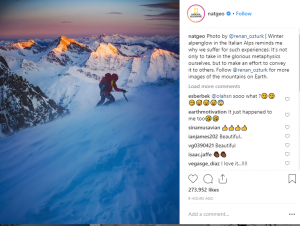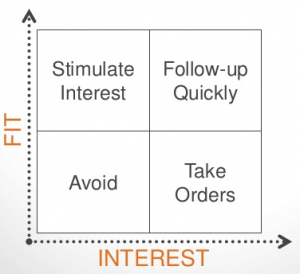— March 12, 2019
Billboard, bio or book.
This pretty much sums up the three types of LinkedIn Summary sections we typically see.
Each, while they may make sense to the person who writes and posts it, may not make sense to someone who is skimming, reviewing, or reading the profile.
More than 70% of LinkedIn profiles are now viewed on a small screen. So how you build your Summary is important. How it shows up is important.
Let’s look at the three types of profiles we typically see especially from senior-level professionals.
Billboard
I feel like they are shouting at me in big letters. They jump in with a cryptic description of their company that’s been carved out of their About Us page. There is little to no context or mention of them, their expertise or career highlights.
No one comes to your LinkedIn profile to read about your company. For that, they will head over to your website, LinkedIn Company Page or website.
Missing this opportunity, don’t be surprised if people just move on without engaging with you. Unfortunately, it could be prospects or candidates who thought they were interested in working with and for your company.
What’s worse than senior level leaders building profiles this way may be that sales professionals often do this too. It’s not professional and it’s like showing up and throwing up. Sorry, I hate that saying but it paints a clear picture.
Bio
You copy and paste your bio from your website or worse from your resume/CV. It’s typically in the third person feels like one run-on sentence and has little to no personality.
It’s devoid of any human interest and feels uninspired.
It’s also typically filled with industry jargon and buzzwords that no one cares about. Is this how you introduce yourself in public?
Book
Written in one longggggg paragraph it is exhausting with no breaks, pauses or transitions. It’s dense whether looking at it on a desktop or mobile and while it’s the opposite of the billboard it’s another version of show up and throw up. It meanders along with no purpose.
So, what to do?
While I realize this is subjective. I was showcasing a profile the other day that was, in fact, almost to 2000 characters and well written, and someone in the audience said I bet this person talks alot. It’s too long.
While they may not want to read something that long, someone else who is interested in connecting with that person may find it helpful.
Summary sections whether 900 or 1900 characters should provide the following:
- Context for who you are, the work you do, and who you do it for.
- Personality ? your persona and expertise woven together.
- Who you work with and how you serve, lead, inspire or encourage others.
Build out your profile from there and tell your story in a way that people can consume and encourages them to take action.
If you don’t want to put that effort into your profile you have two other options. Have someone do it for you or remove yourself from LinkedIn. People, whether you believe it or even care, judge and assess you based on how you show up.
Billboard, bio or book; you decide if that’s the best version of you. Somewhere between thoughtful and inspired is, in my opinion, a better choice.
Digital & Social Articles on Business 2 Community
(91)




